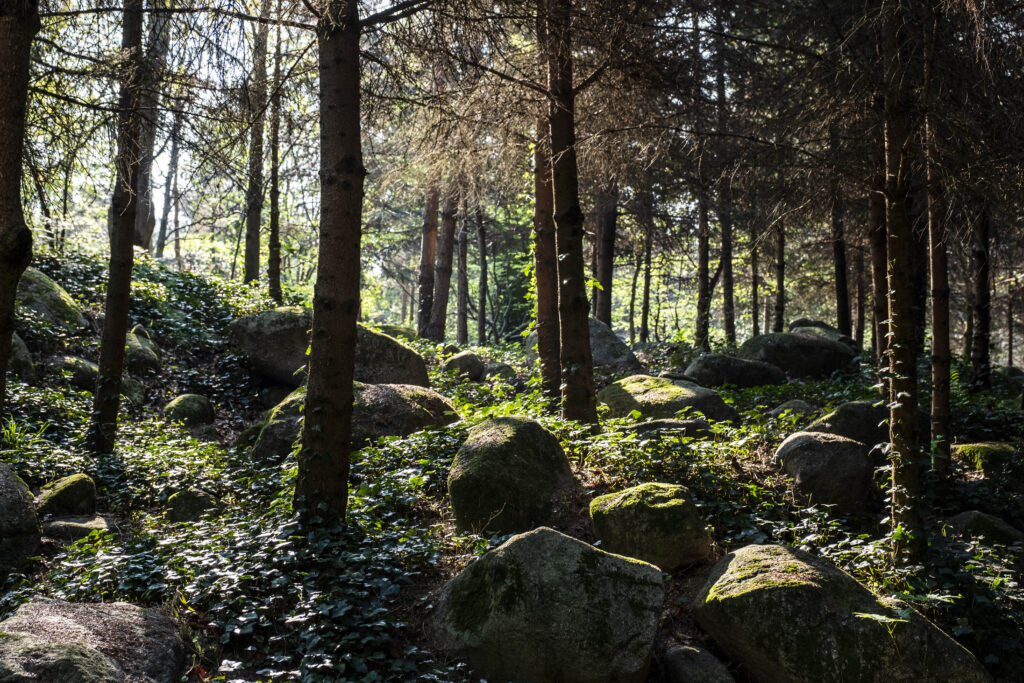
I call it Paris’ best kept secret because most people, including many of my friends and colleagues who live in Paris and really know architecture, have not been there—yet. I’m of course referring to the Albert Kahn Museum, a unique place that holds a magnificent experience which merges history, art, design, architecture, and landscape design in the most unexpected ways.
The new building by Japanese architect Kengo Kuma set up in the Boulogne-Billancourt suburb west of Paris comes to permanently present Kahn’s famed project, which he called the Archive of the Planet. Documenting the world in the early years of the 20th century was ambitious for the life of the Jewish intellectual who started as a bank clerk and rose to head one of the world’s leading banks, at least until he went bankrupt during the economic crisis of 1929.
Albert Kahn (1860-1940) was a brilliant visionary and incredibly successful banker and philanthropist, active in the late years of the 19th century and on into the first decades of the 20th century. While he financed foundations that came to promote understanding between people, he also created the visionary project of documenting the world and its societies. Between the years 1909 and 1931, Kahn sent many photographers and filmmakers to 60 different countries and created the so-called Archives of the Planet, which consists of films and thousands of autochrome plates—the most innovative process of its day—and the earlier color photography (patented in 1903).
The newly renovated building designed by Kuma opened in 2022 and is a Parisian oasis. It is no wonder that Kuma was selected for the project since Kahn was interested in Japan and other Asian regions, and his photographs that tell the story of life in Asia at that time have high historical and cultural value. The design substantiates Kahn’s dream of blending the garden and display space with his connection to Japan. It is an extraordinary building because at the entrance, the city side is made of aluminum and looks like a giant contemporary structure, while the other side is a glass façade covered with a wooden screen that makes it disappear within the breathtaking gardens in the back. This achieves organic architecture on both sides.
The Archive of the World is the central part of the museum’s collection, presented in a fantastic way. This exquisite display was designed by Atelier Scénorama, which is specialized in museum scenographyworking, and who worked closely with the museum team . How does one present thousands and thousands of small photographs in a way that is interesting, intriguing, and beautiful? I believe that this was the challenge for the designer. Despite this challenge, these photographs come to life on the wall screenings, walls of images, via touch screens, and through other methods of presentation, each of which allows the visitors to experience the world of the early part of the 20th century. World monuments, landscapes, houses, people, portraits—all come together to document the entire world during that time. The visitor can select themes of photography and then it will highlight the photos and give all the information.
The gardens are the other central aspect of the museum. Constructed between 1895 and 1910 on a 4-hectare site, the gardens allow the visitors to travel around the world. Here, Kahn assembled and created five types of garden: English garden, French garden, Japanese garden, Orchard garden, and Rose garden. This campus was a laboratory—a space of initiatives by one visionary man who chose to spend his fortune on experimentation in hopes of shaping memory and the way people see the world and its cultural communities. Together, they capture the concept of paradise, one of which is Paris’ best kept secret.


